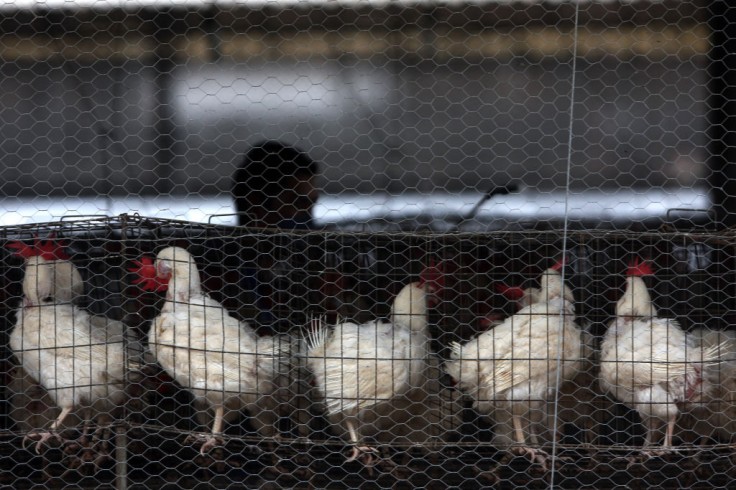
A 59-year-old man from Mexico becomes the first human death from the H5N2 bird flu case.
The World Health Organization (WHO), announced the death of the man on April 24, which is now leaving other people grappling with the concern of the possible animal to human transmission of the virus.
This first human death from H5N2 has now prompted a heightened level of alertness from community members, scientists, and health officials around the world.
Mexico's Human Bird Flu Case
The WHO stated that the strain of H5N2 has been reportedly present in Mexican poultry but has not released information about how the man contracted the specific strain of virus.
The organization stated that the source of the virus remains unknown. Furthermore, the 59-year-old Mexican man reportedly felt numerous symptoms for the manifestation of the virus a couple of days before death. The symptoms experienced include high fever, shortness of breath, nausea, diarrhea, and general discomfort before he succumbed to the illness of the virus.
Despite the alarming case, Mexico's health ministry confirmed there has been no evidence of human-to-human transmission.
In March, an outbreak of A(H5N2) was reported in a small family unit in Michoacan State. Authorities assured that this outbreak did not pose a risk to commercial farms or public health.
Following the man's death, Mexican authorities confirmed the virus's presence and reported the case to the WHO. Though there had been three poultry outbreaks of H5N2 in nearby areas in March, no direct link to the man's case was established.
Global Concerns and Scientific Vigilance
The case in Mexico is unrelated to the H5N1 bird flu strain outbreak in the United States, which has affected three dairy farm workers.
Bird flu viruses have caused human fatalities worldwide, including 18 deaths in China during a 2021 H5N6 outbreak.
Andrew Pekosz, an influenza expert at Johns Hopkins University, emphasized the need for vigilance, noting that H5 viruses have shown a propensity to infect mammals more frequently than other avian influenza strains.
Pekosz explained that it continues to ring that warning bell that we should be very vigilant about monitoring for these infections because every spillover is an opportunity for that virus to try to accumulate those mutations that make it better able to infect humans.
Bird flu cases have been identified in various mammals, such as seals, raccoons, bears, and cattle, primarily through contact with infected birds.
Recently, Australia reported its first human case of A(H5N1), with no signs of transmission, but noted increased poultry infections with H7 bird flu.
H5N2 Bird Flu and Its Impact on Human Health
H5N2 is one of several avian influenza viruses. Dr. Troy Sutton, an assistant professor of veterinary and biomedical sciences at Penn State, noted that H5 viruses have been circulating among Mexican poultry and wild birds since the mid-1990s.
However, unlike other avian influenza strains, H5 viruses rarely infect humans. H5N2 is part of a family of H5 bird flu viruses with nine known subtypes.
The viruses are classified based on two surface proteins: hemagglutinin (H), which enables the virus to infect cells, and neuraminidase (N), which helps the virus spread.
These proteins allow for various H and N combinations. The report also reveals that the Mexican patient had been bedridden for weeks before exhibiting symptoms and had compromised immune health.
According to the WHO, he developed a fever, nausea, diarrhea, shortness of breath, and general malaise on April 17.
A week later, he was hospitalized and died the same day. Sutton highlighted the man's underlying medical conditions, which likely worsened his infection.
He added that the person who was the first human death from H5N2 may have already been sick which changes the narrative and calculation a little bit more than, say, a healthy farm worker getting infected.
During the WHO's investigation, no additional cases were reported. Of the 17 contacts monitored at the hospital, only one reported a runny nose.